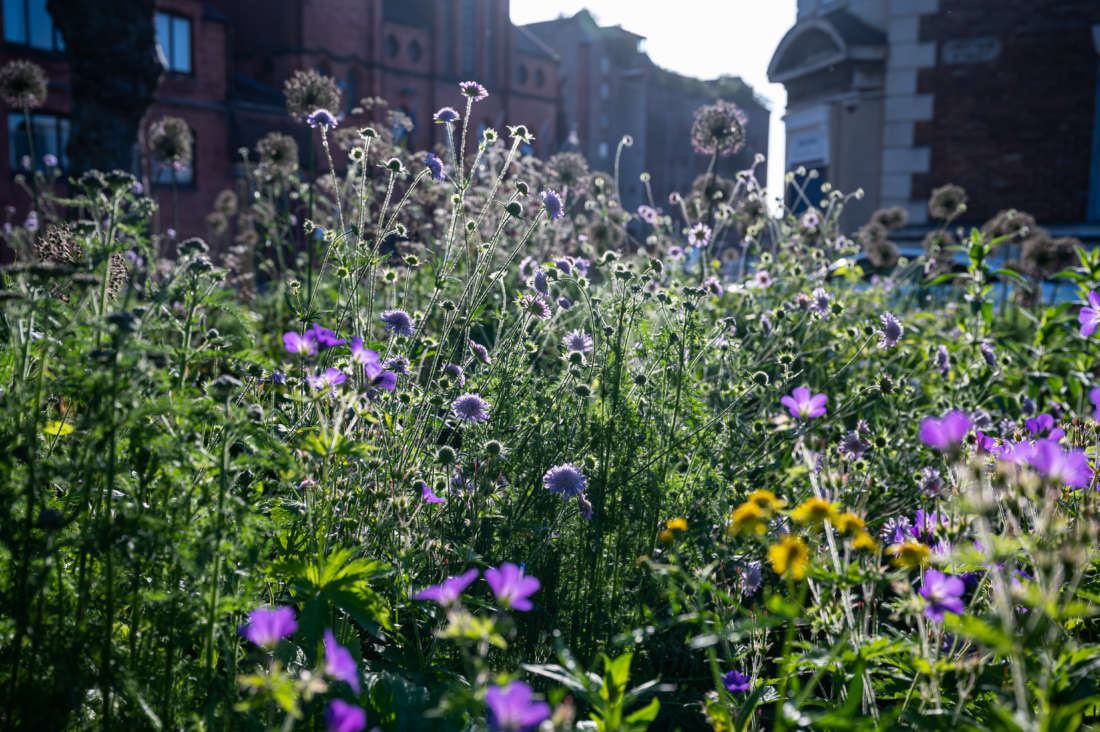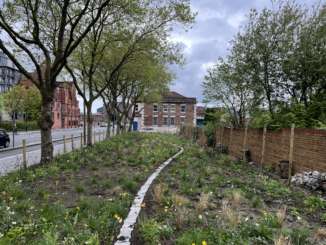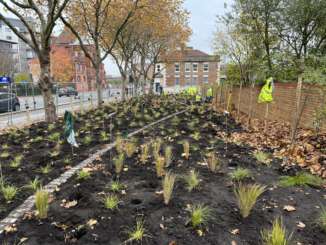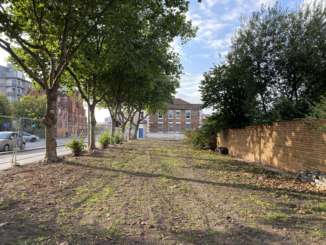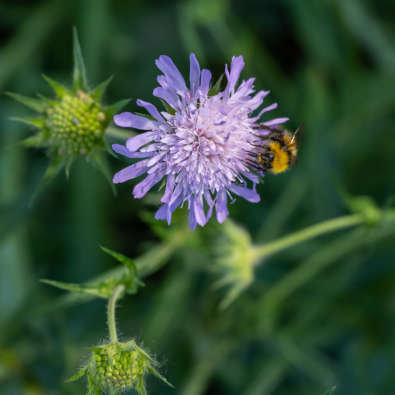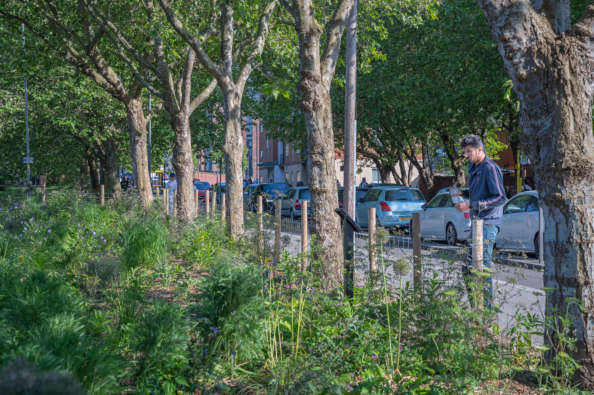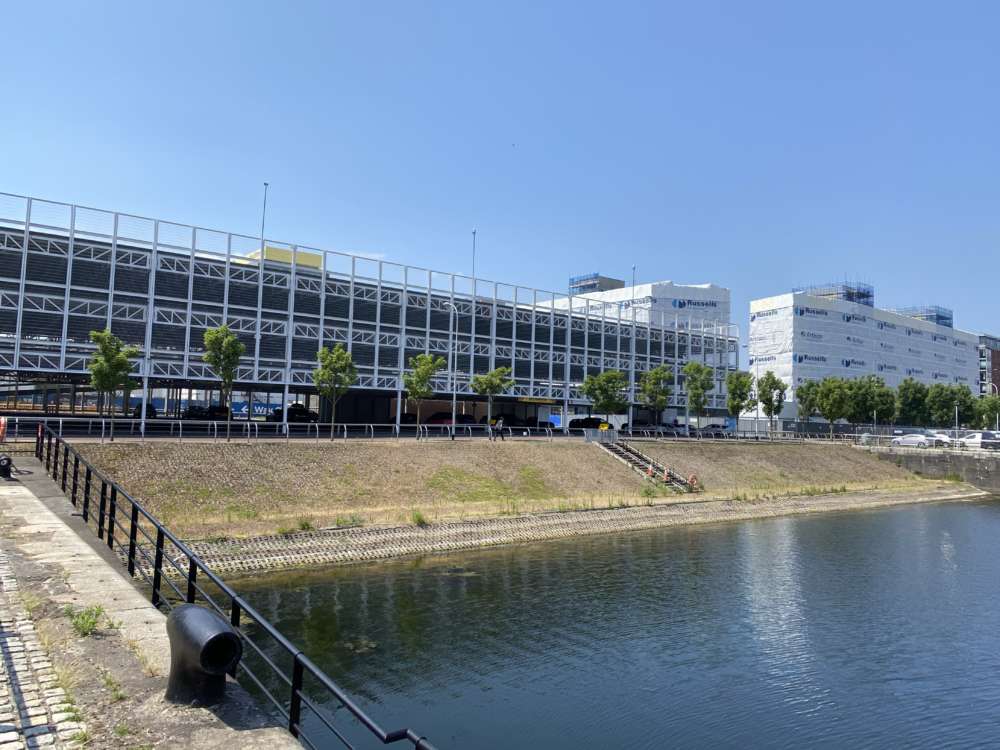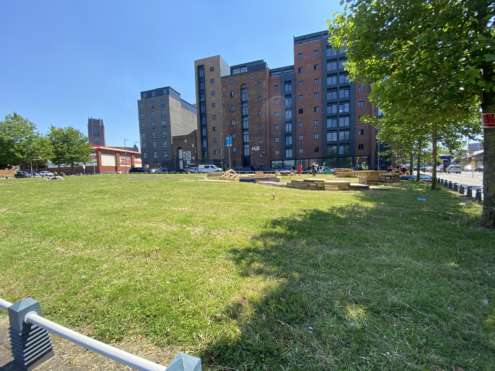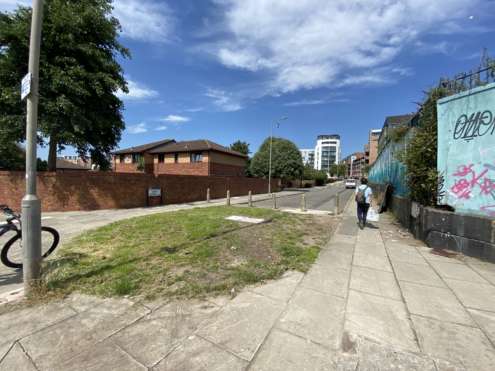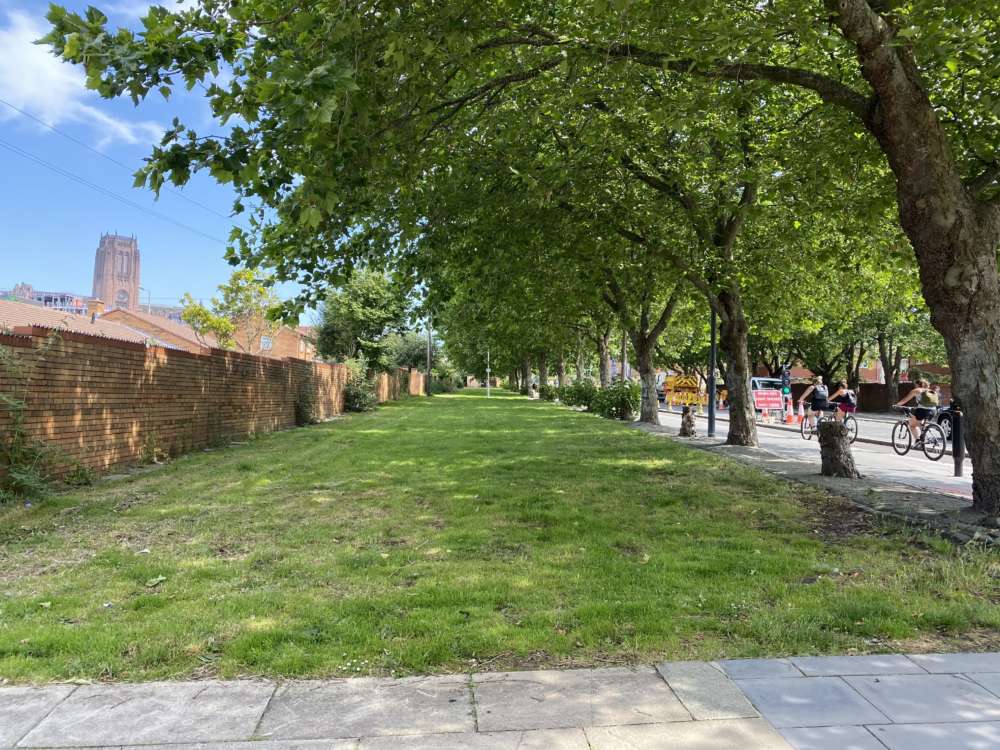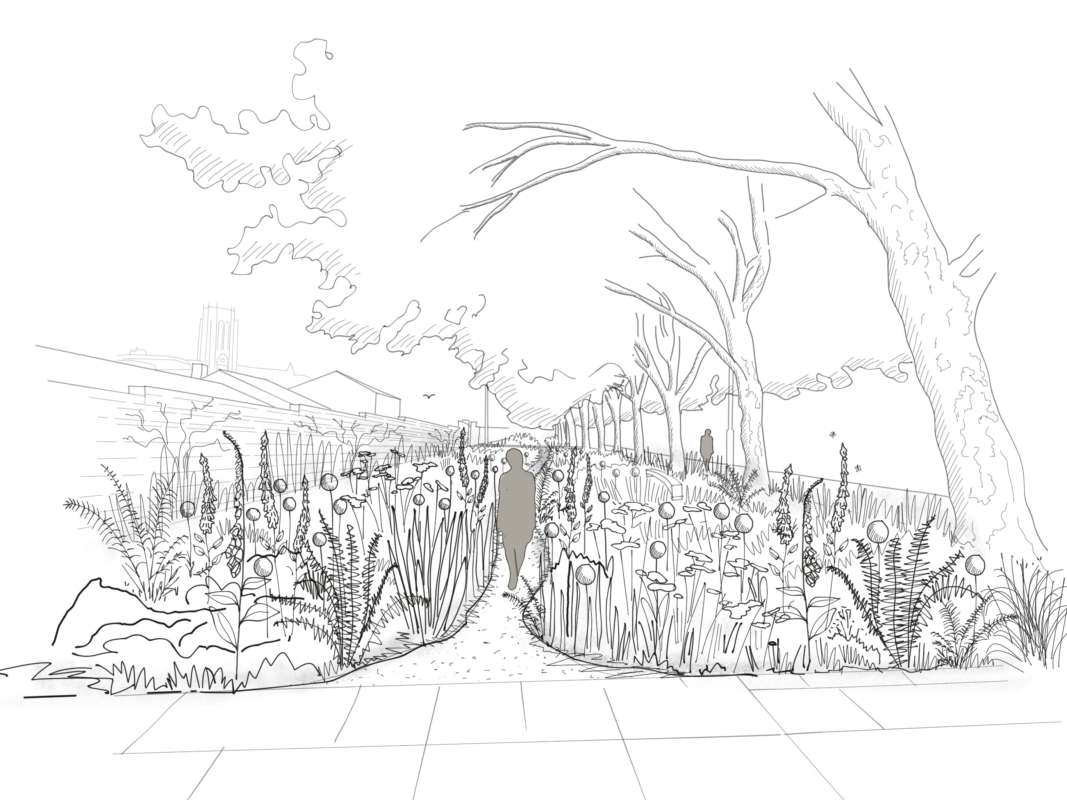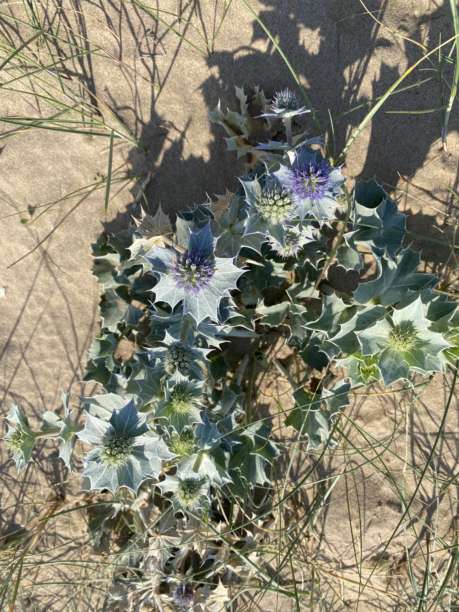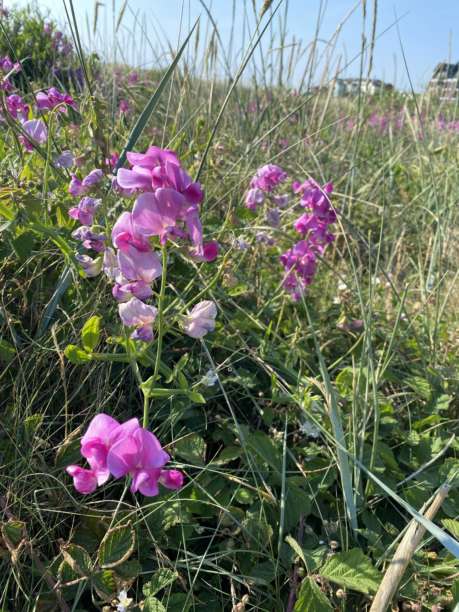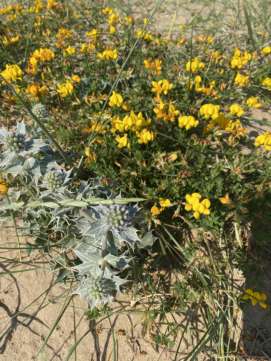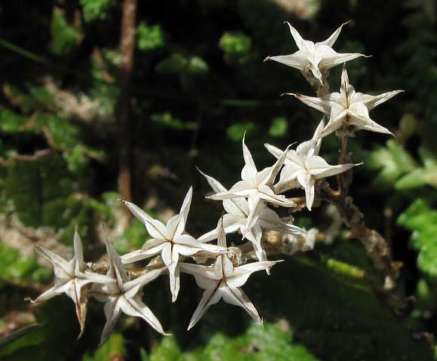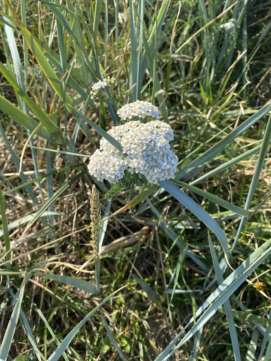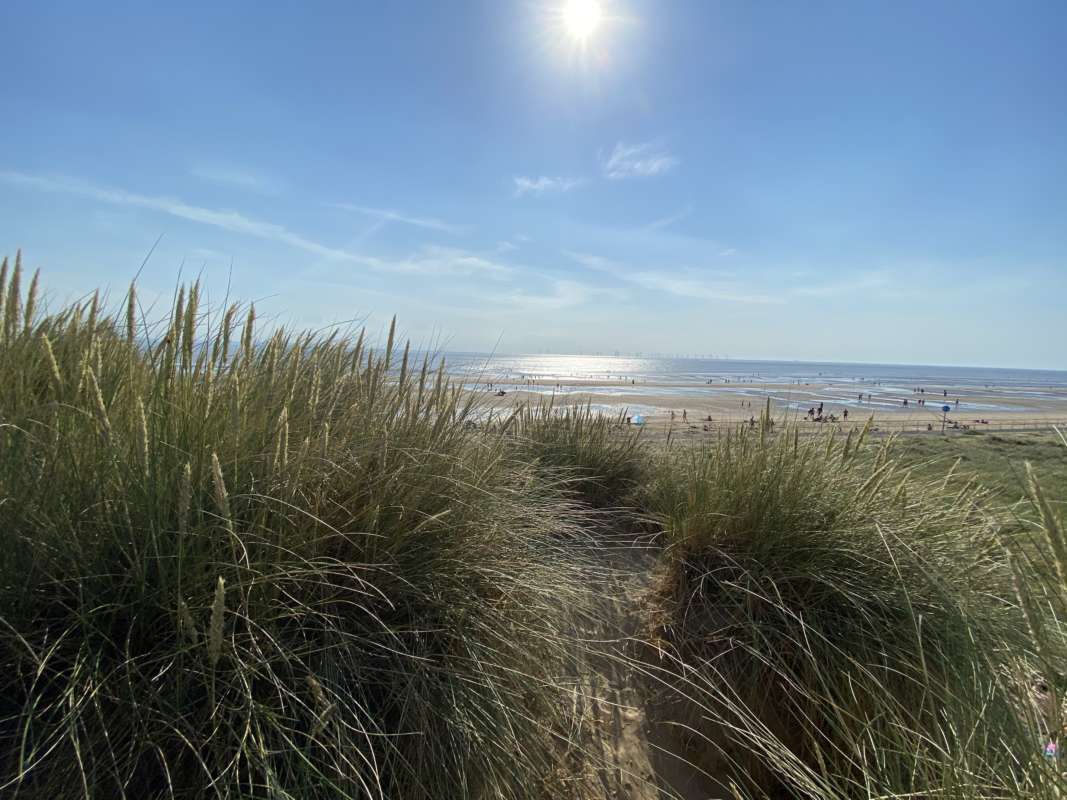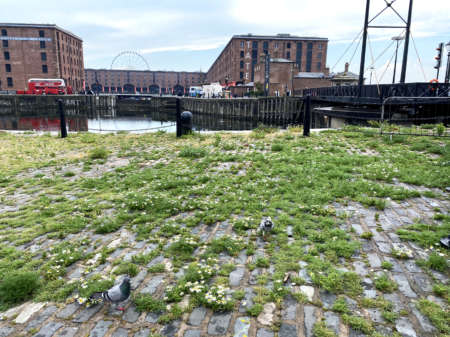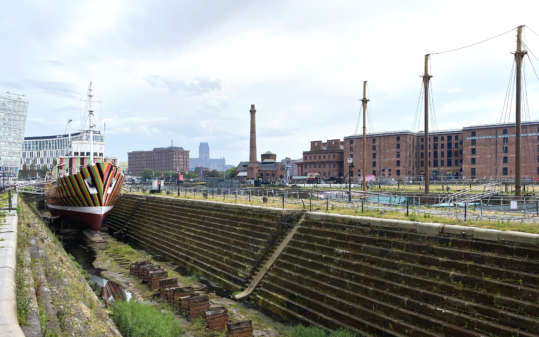Liverpool
URBAN GreenUP Project for UNESCO World Heritage Site Liverpool
URBAN GreenUP Competition
URBAN GreenUP is a project funded under the European Union’s Horizon 2020 programme. Its objective is the development, application and replication of Renaturing Urban Plans in a number of European and non-European partner cities. The three main cities participating are in Liverpool - UK, Izmir - Turkey and Valladolid - Spain.
The projects aim to mitigate the effects of climate change, improve air quality and water management, as well as to increase the sustainability of our cities through innovative nature based solutions.
The Pollinator Project
Flavia Goldsworthy and reShaped Landscape Architects were the winning team engaged to deliver a series of pollinator friendly, species rich planting schemes across Liverpool city, one of the Front-Runner cities.
Flavia is the Horticultural Lead for the pollination project, designing dynamic planting schemes which will increase much needed pollination opportunities across the Baltic Triangle city sites. They will be studied, analysed and used as an example on how to increase and implement biodiversity led planting schemes for the Follower Cities.
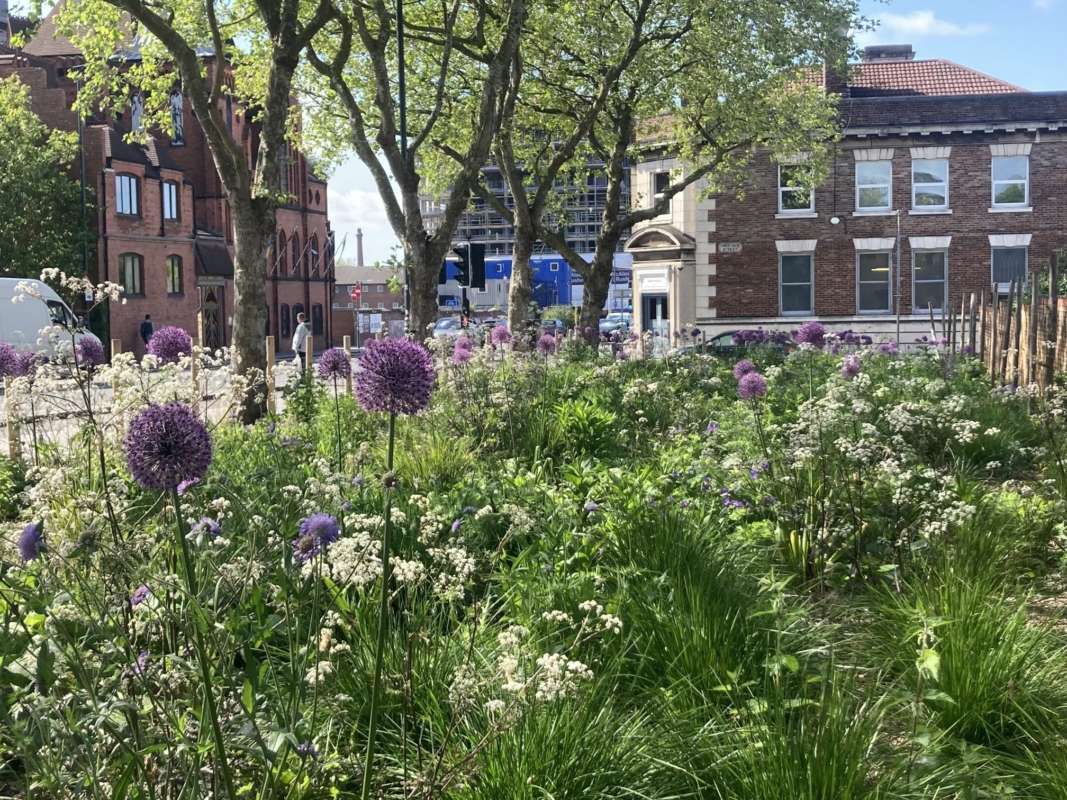
The result - the planting has settled in very well. It is colourful, vibrant and buzzing full with life.
Park Lane, one of the sites. Grass strip under large Plane Trees. We burnt the grass off to minimise ecological and environmental damage, rather than use toxic chemicals. Planted densely to help the ecological compatibility, whilst minimising soil run off. A dynamic and diverse range of plants offer great foraging and habitat opportunities for pollinators.
The statistics show that we improved the biodiversity by 1250%, a remarkable result.
It is also important to note that humans really enjoy the planting aesthetics, which helps them to feel connected to their environment. Science shows that feeling connected to nature brings huge benefits to peoples happiness, better health and well being, so a positive result for all.
This project has recently won an extremely prestigious award for
‘Excellence in Biodiversity, Conservation and Enhancement’ by the Landscape Institute.
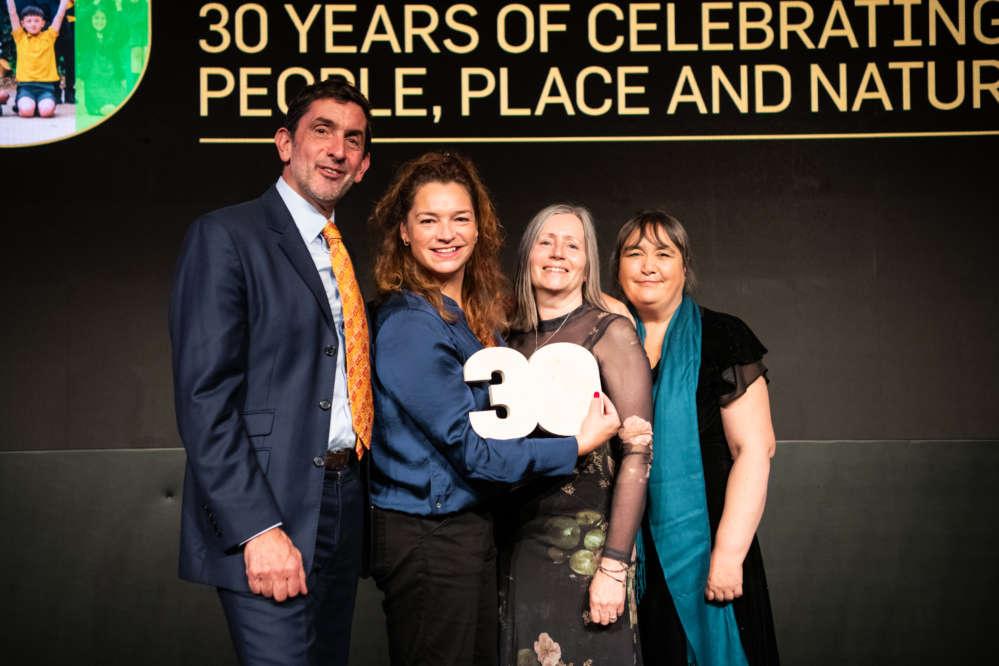
Justin Rowlatt BBC Environment Correspondent, Flavia Goldsworthy, Juliet Staples and Elaine Cresswell at the Landscape Institute Awards 2023
The Sites
The sites range from dockside banks to smaller inner city parks, enabling the use of a diverse range of plant species. The aim is to create plant rich corridors and encourage wide foraging opportunities for pollinators.
We will implement site specific planting schemes which incorporate native and non-native plants, this will extend the foraging season which is a crucial element to factor in due to the changing climate.
Liverpool has a temperate maritime climate, with relatively mild summers, quite cold winters and rainfall spread fairly evenly throughout the year. The sites are also quite open, so there are strong winds.
The spaces are designed to bring visual joy to passers by and provide opportunities for them to walk through the planting proposals. This approach to design allows the viewer to feel completely submerged and enveloped by the plants, reconnecting them to nature, improving their well being, whilst also increasing the biodiversity.
With such a range of sites from barren dockland to dry, shady woodland, it is really important to look carefully at which plant species will thrive in such tough conditions. Some useful pollinator plants shown below.
Research
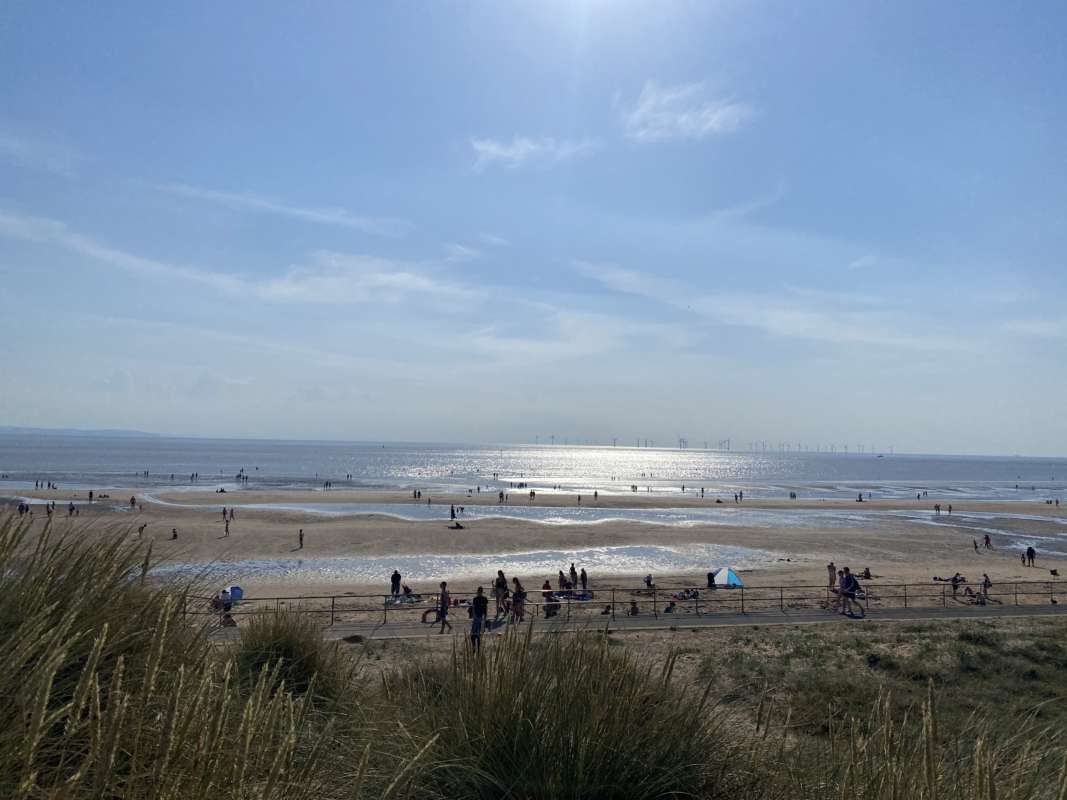
Crosby Beach promenade and sand dunes, part of the Sefton Coast SSSI, featuring Anthony Gormleys 'Another Place'
Research took us to study the plant species that thrive along the Sefton Coast, a SSSI, to see how we could integrate some of the plant species in to our project. This analytical approach to planting design will enable better physical links for pollinators to the wider landscape. Examples of some of the beautiful native plant species we found are shown below.

